10 hours, six prefecture, one 2,720-yen ticket – Testing the JR Holiday Outing train pass limits
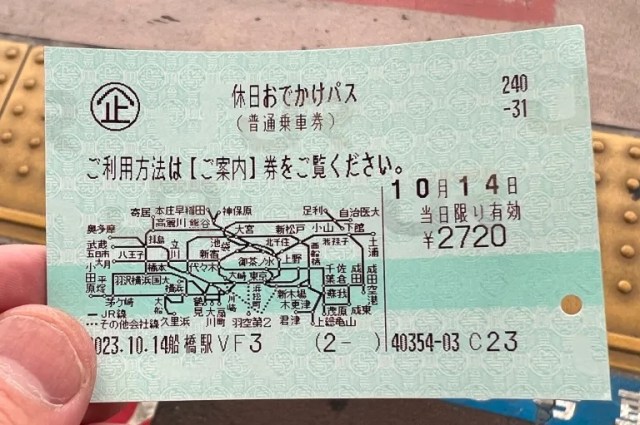
Let’s go for a ride in east Japan…several rides, actually.
Though the nationwide Japan Rail Pass gets the most attention from overseas visitors to Japan, there are a lot of other regional passes out there too. For example, we were recently looking at the one-day Holiday Outing Pass (or Kyujitsu Odekake Pass, as it’s called in Japanese) offered by JR East, and noticed that we could use it for unlimited train rides on weekends and holidays on select JR lines in Tokyo and five other prefectures: Chiba, Ibaraki, Saitama, Tochigi, and Kanagawa…and so we set out to go to all of them in one day.
Though it’s not valid for Shinkansen and other additional-charge special express trains, the Holiday Outing Pass can be used for regular-price express trains, as well as, of course, local ones. At just 2,720 yen (US$18) it really is a bargain if you’re planning on going somewhere even moderately far, let alone a total of six prefectures (Tokyo is a prefecture unto itself) like we were.
▼ A promotional sign for the Holiday Outing Pass, which is 1,360 yen for kids.
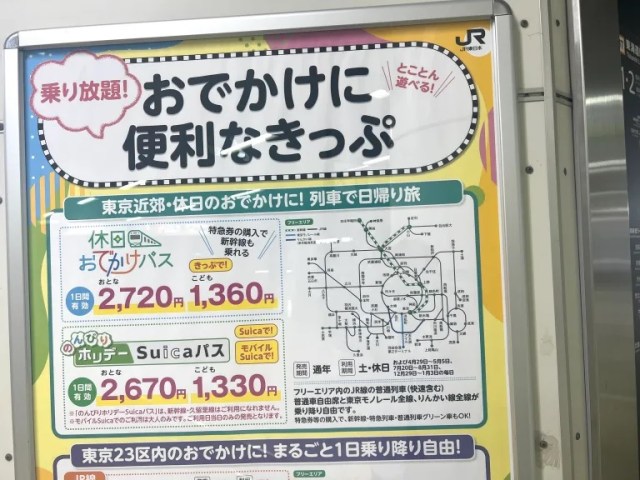
You don’t need to make any advance reservation for the pass, and it can be purchased from automated ticket vending machines at JR stations.
▼ 休日おでかけパス = Holiday Outing Pass
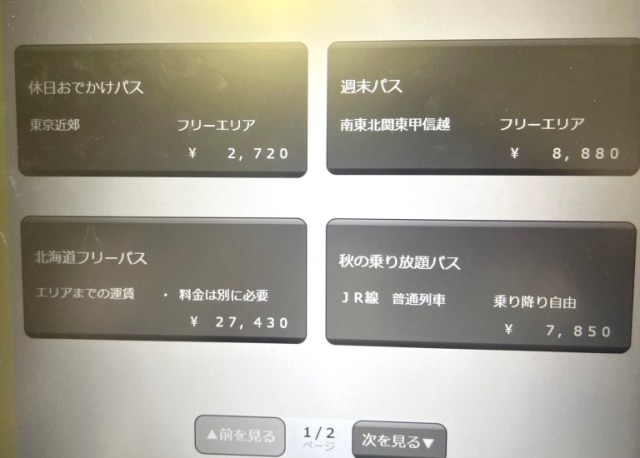
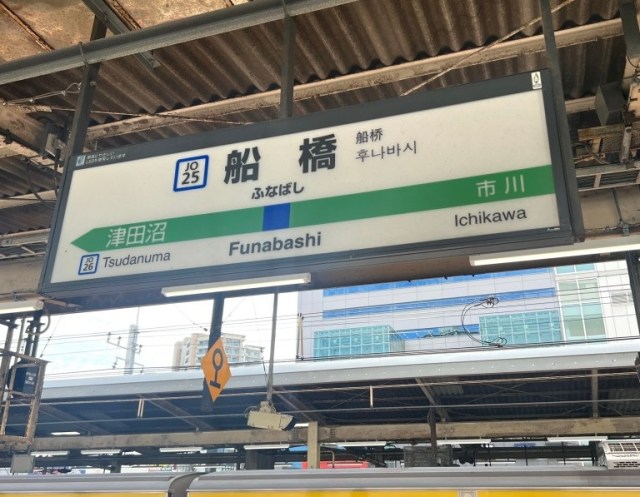
We started our whirlwind journey at Funabashi Station, in Chiba Prefecture. Now, the sensible thing to do would have been to go online, take a look at the train timetables, and plot out a course for the day. But as you may have noticed, we’re not always the most sensible people, and so instead we decided to navigate our six-prefecture route using nothing but the simplified map of the Holiday Outing Pass’ applicable lines that’s printed on the ticket itself, getting off only at the stations shown on it.
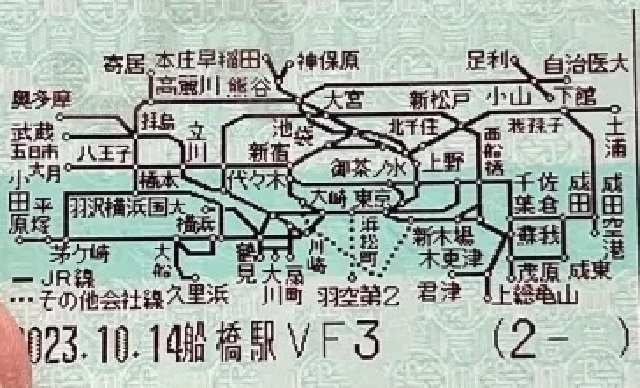
We also gave ourselves an 11-hour time limit to make our trip and get back to Funabashi. As per train travel tradition, we also required ourselves to take a photo of the sign at every station we got off at, and to pass through the ticket gates and take a quick look at the surrounding area before getting on our next train,
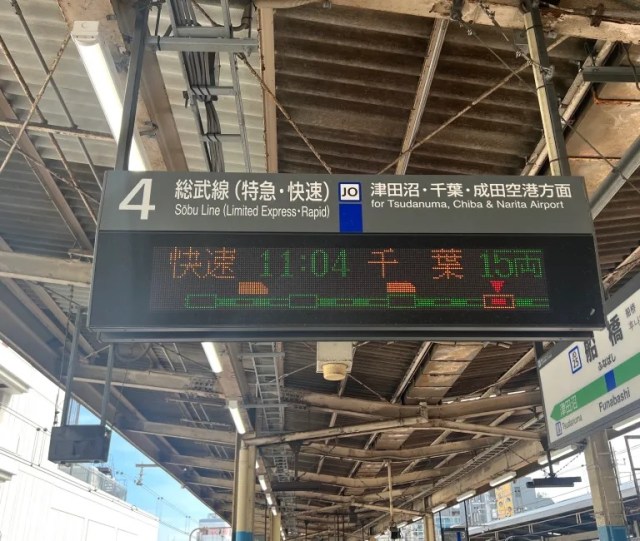
Our first train was the 11:04 express on the Sobu Line, which we took east to Chiba Station, arriving at 11:20.
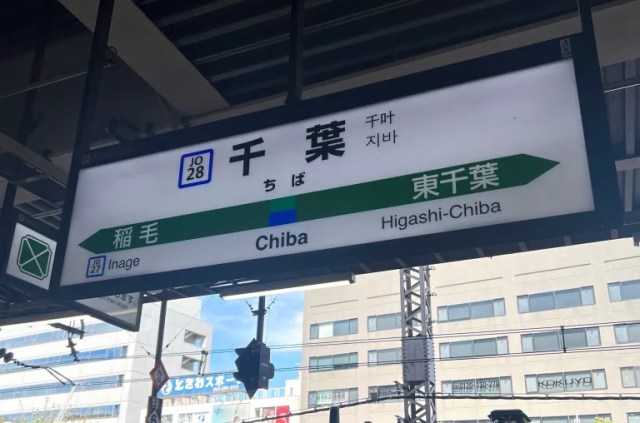
In terms of geographic nomenclature, this is maximum Chiba, as Chiba Station is in Chiba City, the capital of Chiba Prefecture. As the capital, Chiba is a pretty developed city, with neat, orderly streets and skyscrapers around the station.
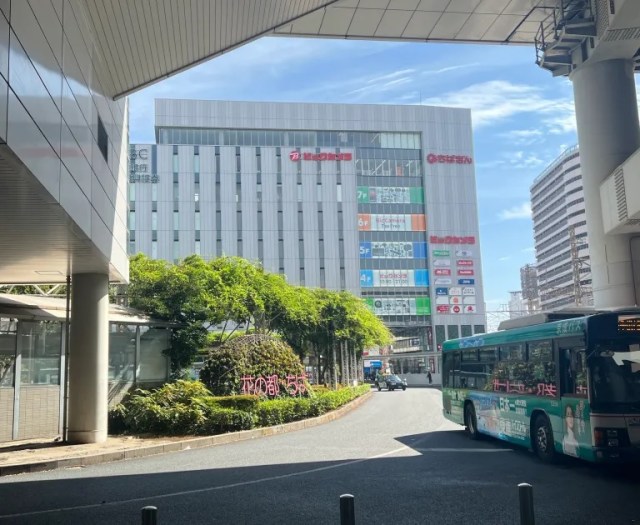
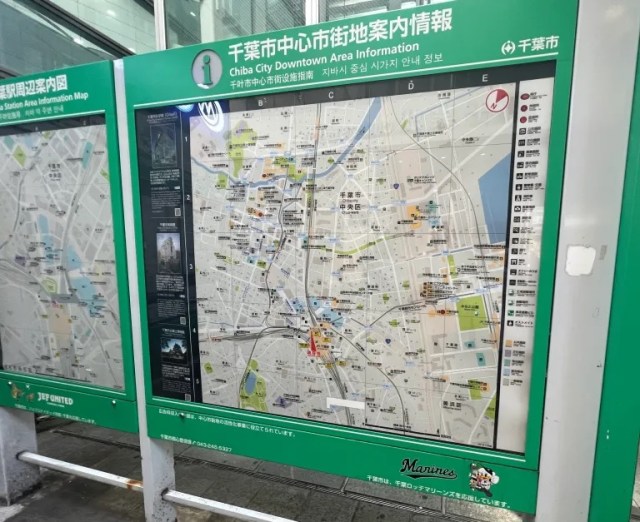
Next, we headed farther east to Narita Airport Station, which we needed to do before we could start heading north into Ibaraki.
● Chiba (千葉) to Narita Airport (成田空港)
Narita Line
Depart 11:31, arrive 12:20
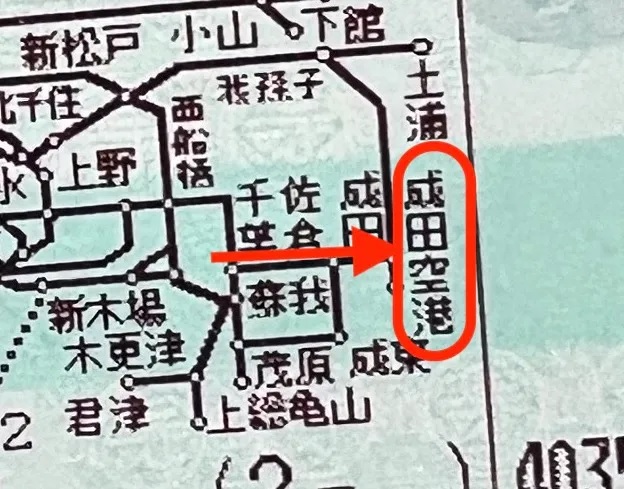
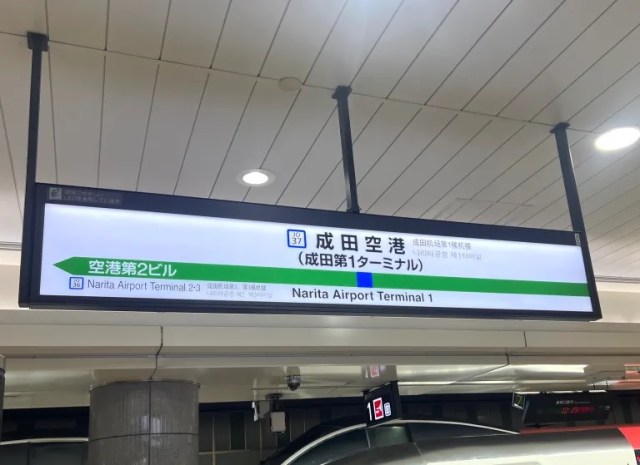
Narita Airport Station, as you might expect, is full of travelers, both domestic and international.
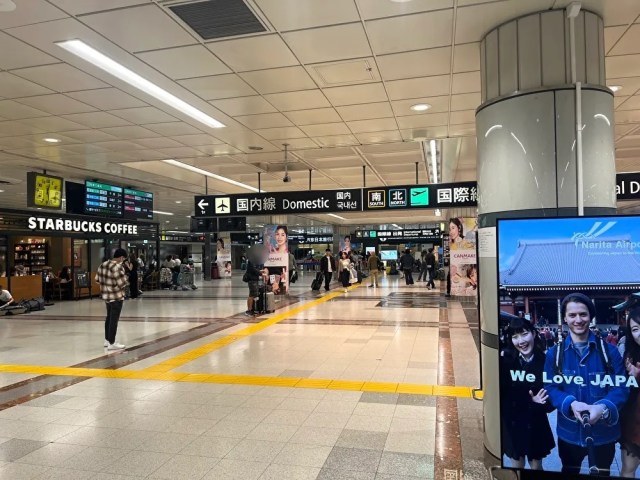
But in addition to Narita Airport Station, there’s also just plain Narita Station, the next point on our journey.
● Narita Airport (成田空港) to Narita (成田)
Narita Line
Depart 12:34, arrive 12:48
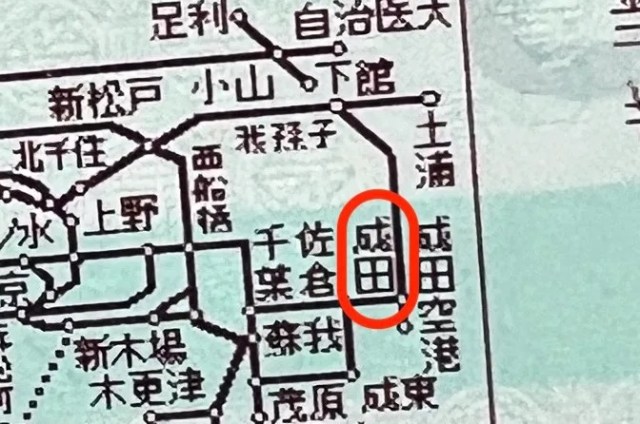
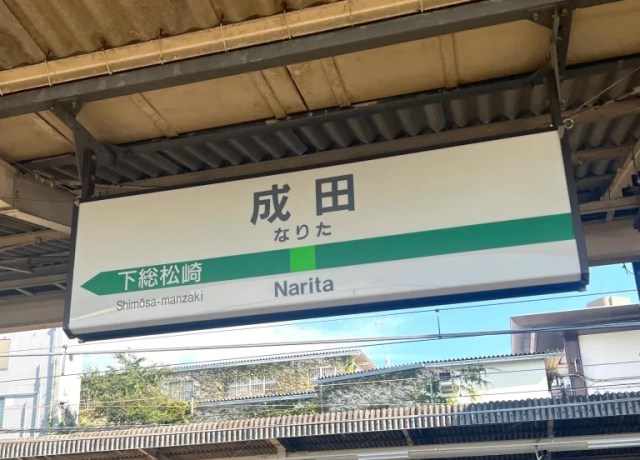
Though a lot of people just zoom past Narita Station on their way to or from the airport, the town actually has some interesting sightseeing spots, like the beautiful Naritasan temple and its surrounding wooded gardens. There’s also enough development around the station that you won’t have trouble finding a place to eat or grab a drink, and the multi-lingual maps are foreigner-friendly too.
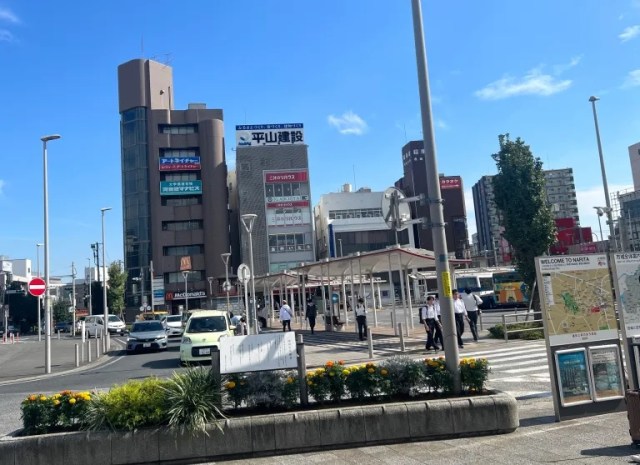
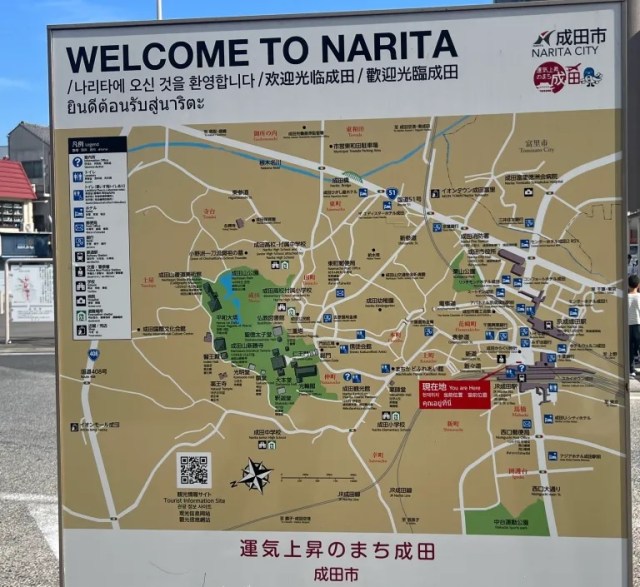
● Narita (成田) to Abiko (我孫子)
Narita Line
Depart 13:14, arrive 13:55
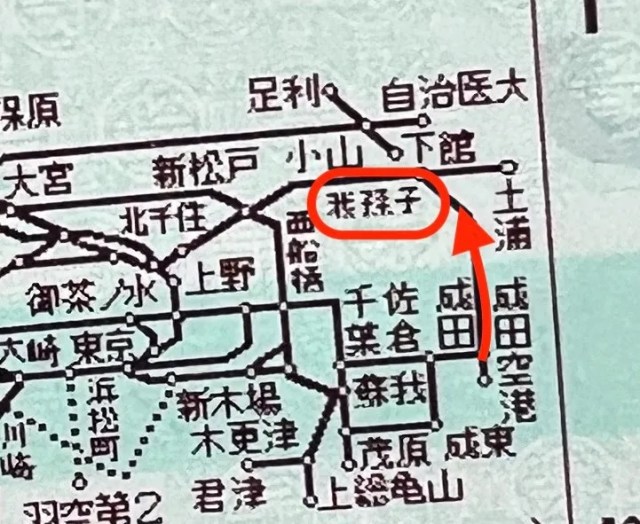
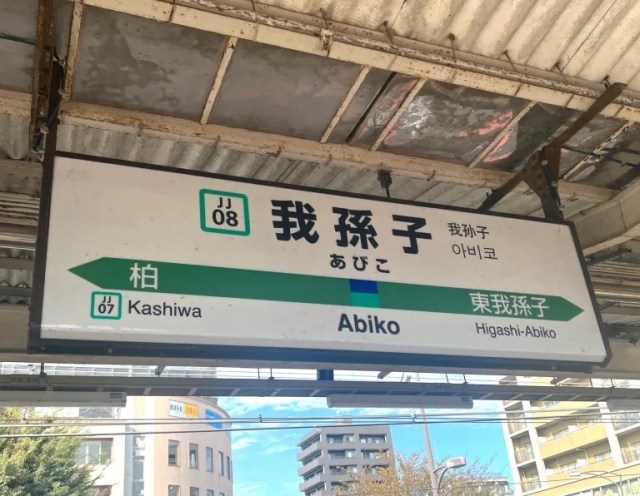
Abiko is in the north part of Chiba, close to the border with Ibaraki. It’s a small, quiet town, but it has a handful of preserved historical buildings, and there’re multilingual sightseeing maps to help you find them.
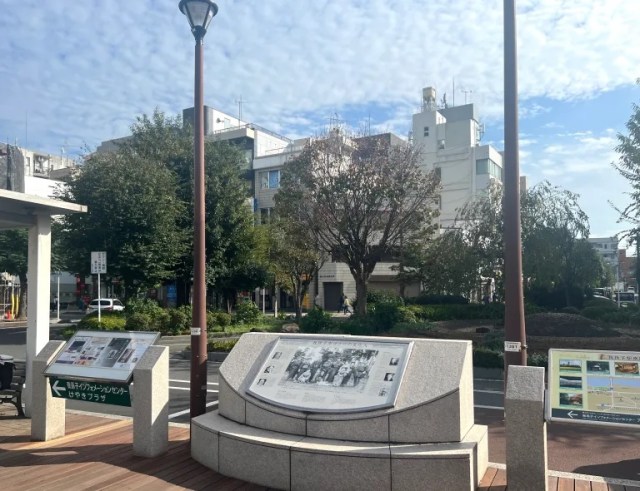
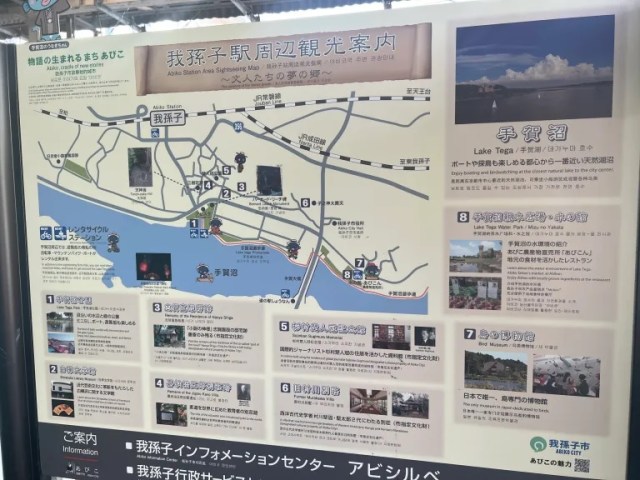
▼ Incidentally, Abiko Station itself is foody-famous for its on-the-platform soba restaurant’s karaage soba, with pieces of Japanese-style fried chicken as the topping for a bowl of soba noodles.
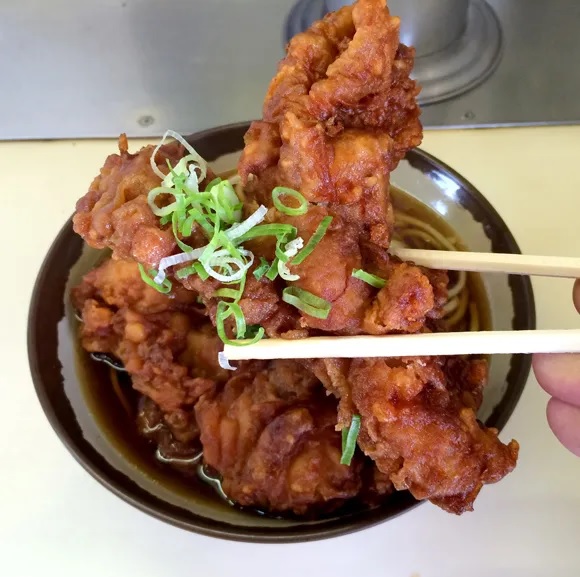
● Abiko (我孫子) to Tsuchiura (津市浦)
Joban Line
Depart 13:14, arrive 13:55

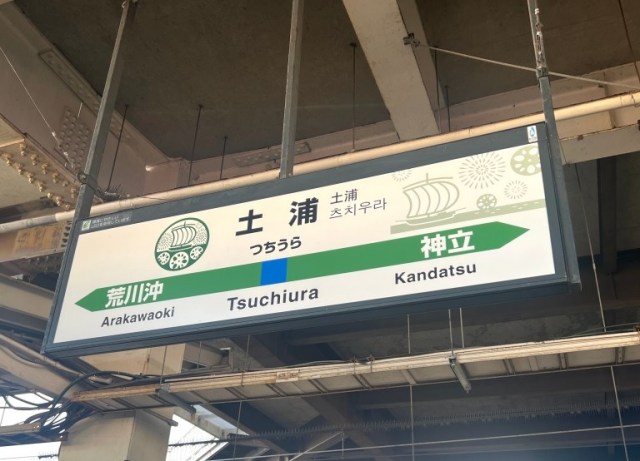
This leg of our journey was where we finally made it over the border from Chiba into Ibaraki. Passing through picturesque farmlands along the way, the gentle rocking of the train had us feeling physically and mentally relaxed as we soaked up the autumn afternoon sun. The scenery got more urban once we pulled into Tsuchiura, though, where the city hall and a shopping restaurant complex are right outside the station.
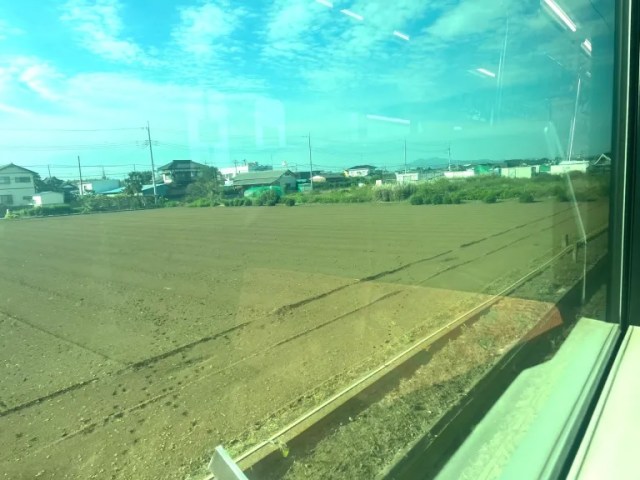
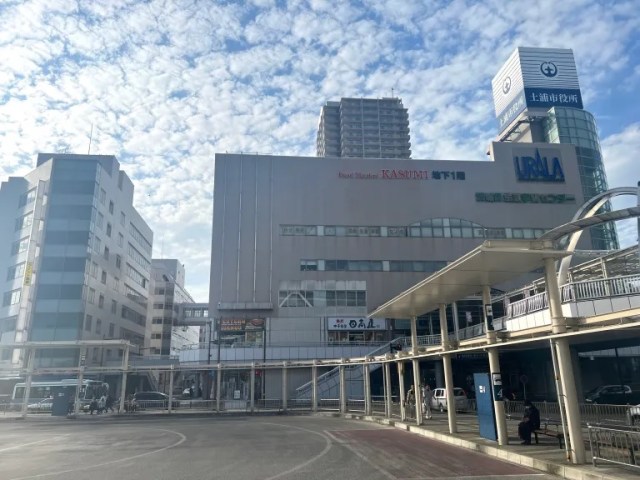
● Tsuchiura (津市浦) to Oyama (小山)
…hey wait a second…
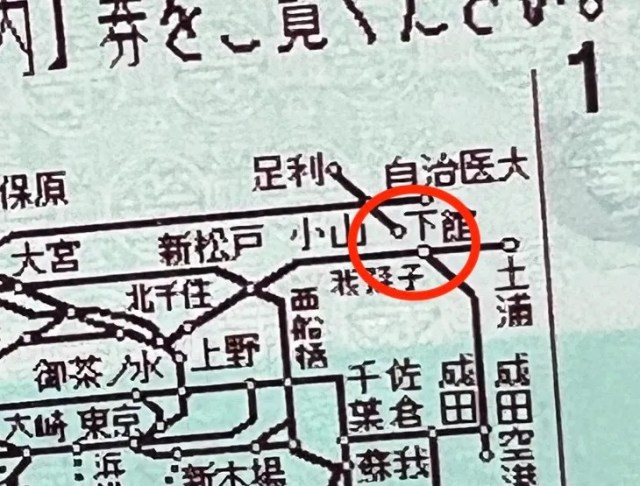
Intending to keep our prefecture-hopping momentum going, our next intention was to take the train to Oyama. A closer look at our ticket, though, revealed that things weren’t going to be so simple.
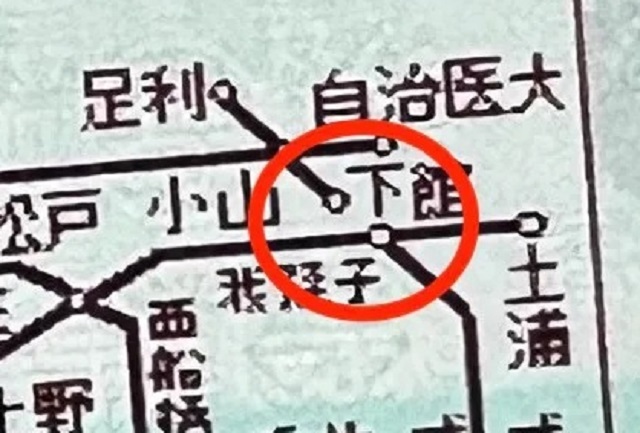
While both Tsuchiura and Oyama are on lines covered by the Holiday Outing Pass, there’s a section between them that isn’t connected by JR Lines.
● Tsuchiura (津市浦) to Ueno (上野)
Joban Line
Depart 14:57, arrive 4:12
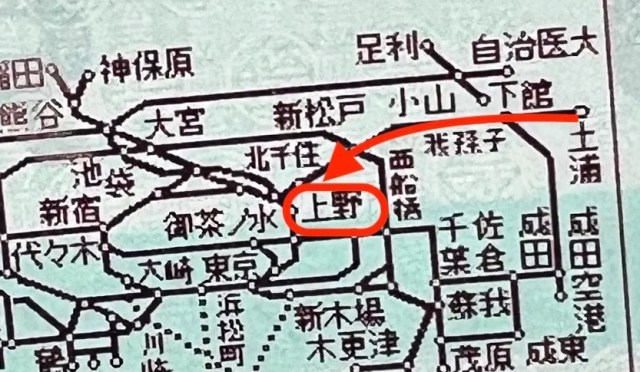
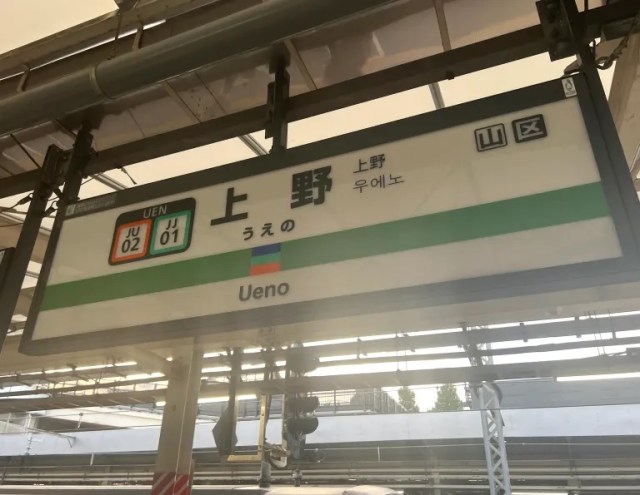
So instead, we took the train into Ueno, in downtown Tokyo. We weren’t too embarrassed, though, since we’d wanted to hit Tokyo on this trip anyway. What we were embarrassed about, though, was accidentally getting off the train too early at Kita Senju Station, which ended up delaying our arrival at Ueno.
As the site of the most famous park in Tokyo, Ueno doesn’t need much introduction, but it was nice to see plenty of people out and about enjoying the scenery of one of the city’s biggest tourism draws once again.
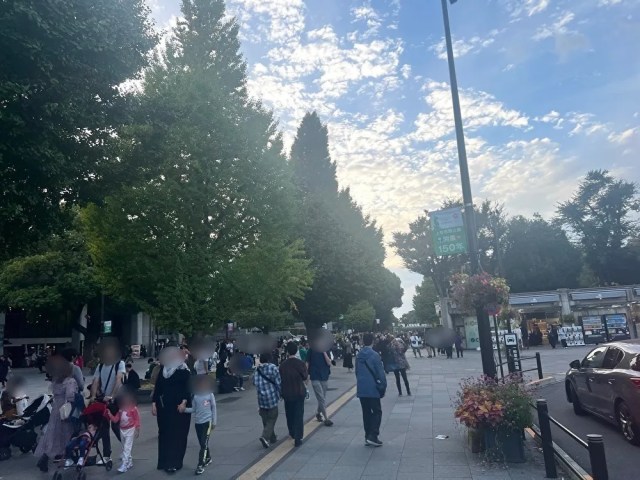
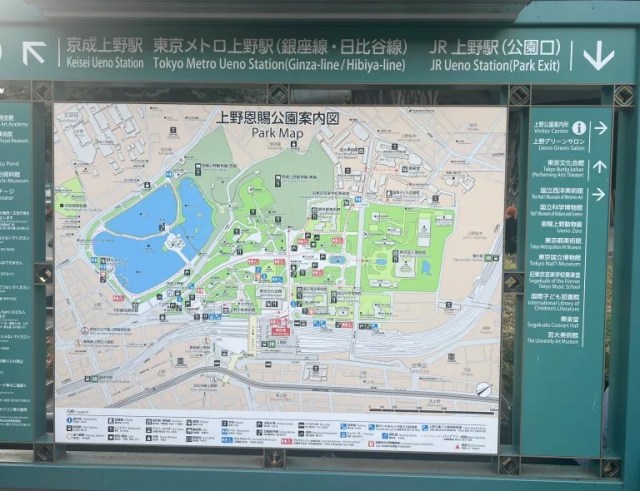
● Ueno (上野) to Oyama (小山)
Ueno Tokyo Line/Utsunomiya Line
Depart 4:27, arrive 5:50
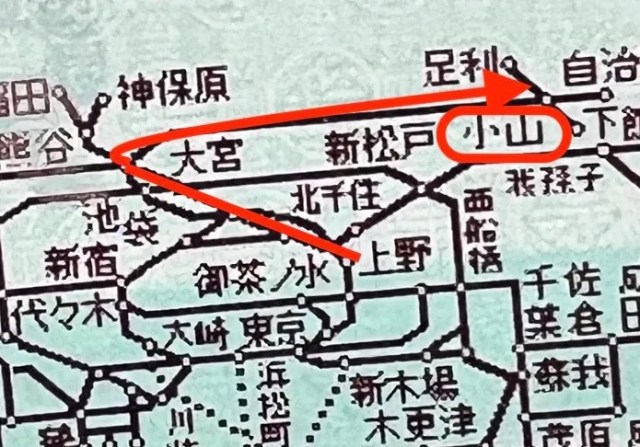
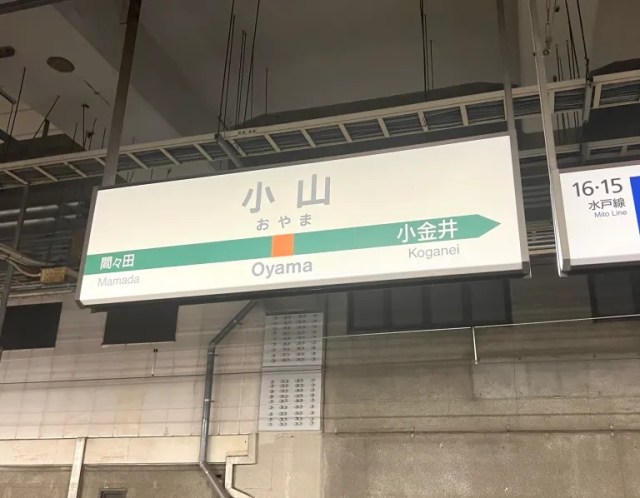
Next we headed north on the Ueno Tokyo Line, and once we got to Omiya Station in Saitama Prefecture, we transferred to the Utsunomiya Line and took that to Oyama. Actually, this was once again a navigation error on our part, as it’s simpler, and faster, to just take the Utsunomiya Line directly from Ueno to Oyama. Near the station is the campus of Hakuoh University and a selection of reasonably priced business hotels, and a sign outside the station highlights a pretty impressive number of festivals the city hosts each year.
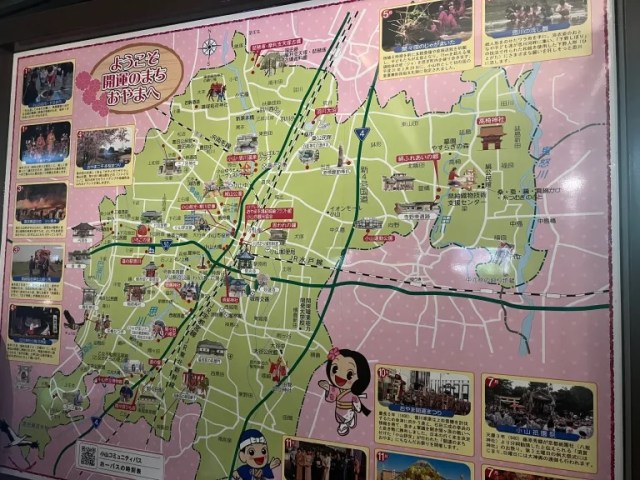
● Oyama (小山) to Kumagaya (熊谷)
…actually make that Oyama (小山) to Omiya (大宮)
Utsunomiya Line
Depart 5:58, arrive 6:48
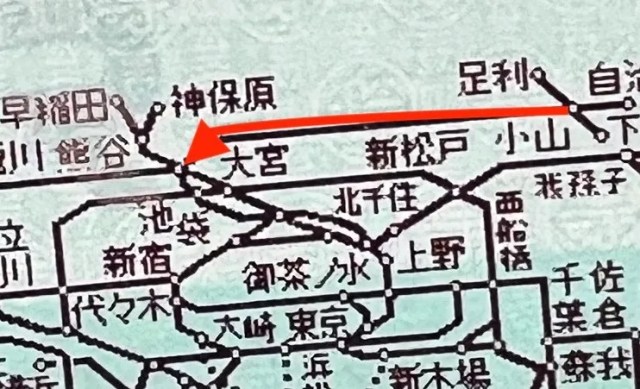
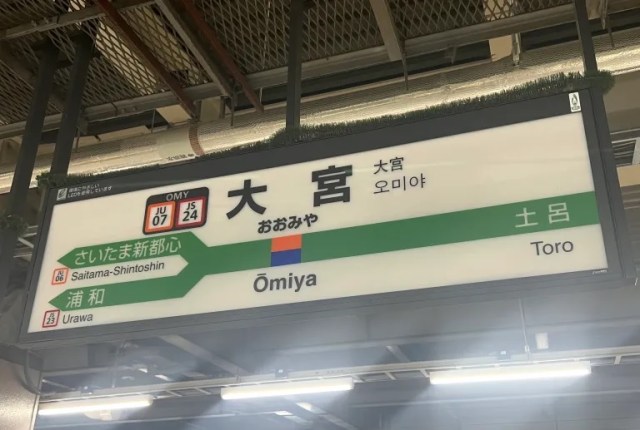
Originally, for our Saitama Prefecture stop we’d hoped to go to all the way to Kumagaya. While that’s possible with the Holiday Outing Pass, our unintended detours meant that going to Kumagaya wouldn’t leave us with enough time to also hit up Kanagawa Prefecture and make it back to where we started in Funabashi. So instead, we made our Saitama stop in Omiya, from where you can take the Shonan Shinjuku Line south through Tokyo and into Kanagawa.
Omiya is one of the bigger cities in Saitama, but it’s not too far from the northern parts of Tokyo. Like a lot of medium-city-near-a-big-city spots in Tokyo, it’s got a laid-back atmosphere, but pretty much all the shops and restaurants you’d need for a conveniently daily lifestyle.
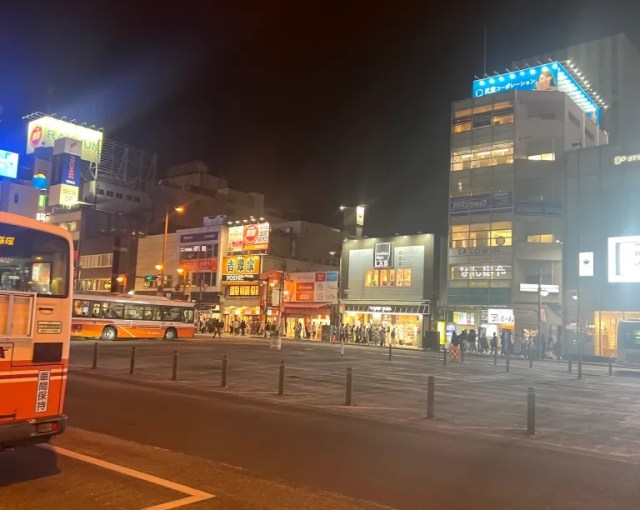
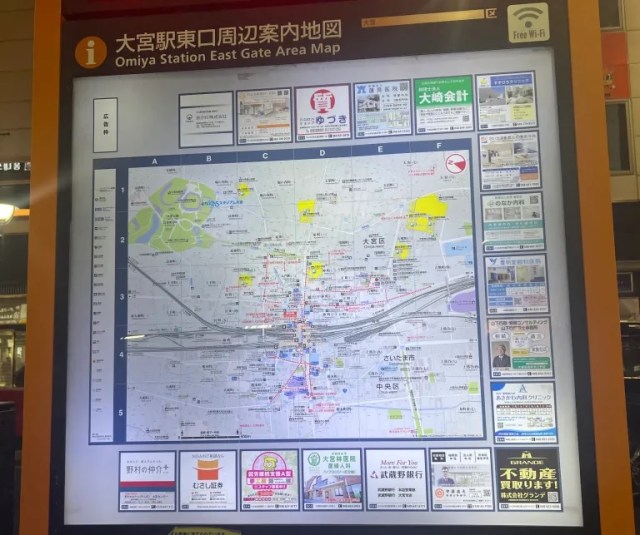
● Omiya (大宮) to Hiratsuka (平塚)
Shonan Shinjuku Line
Depart 6:59, arrive 8:40

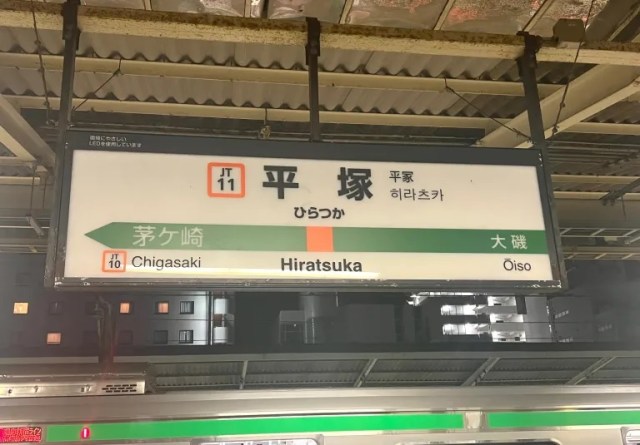
At just over an hour and 40 minutes, this was our longest single ride of the day. Once again, our detours left us with less time than we’d need to make it to our first pick of Kanagawa destinations, the town of Odawara, famous for its castle.
Instead, we got off at Hiratsuka, which is another bed town, this one with many residents who commute to Odawara or Yokohama. Hiratsuka does have its own claim to fame, though, as it hosts one of the largest annual Tanabata/Star Festival celebrations every summer.
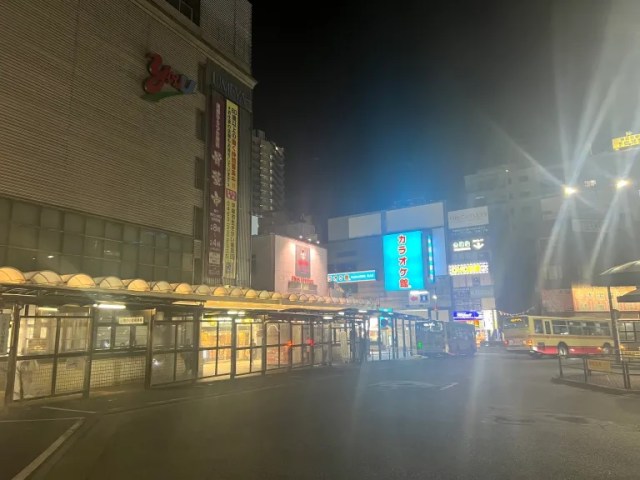
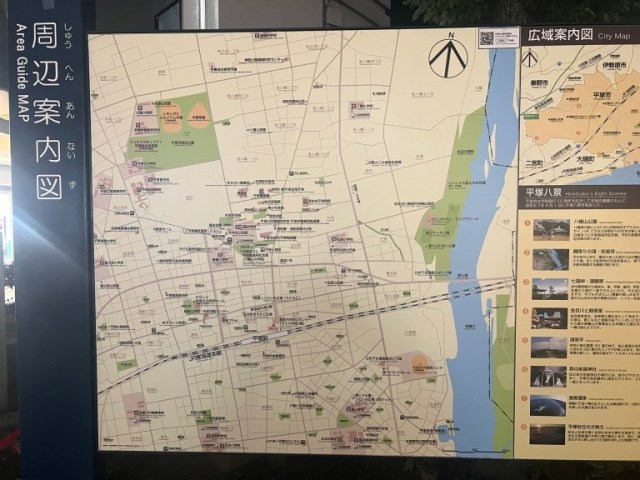
● Hiratsuka (平塚) to Nishi Funabashi (西船橋)
Shonan Shinjuku Line/Yokosuka Line/Sobu Line
Depart 6:59, arrive 8:40
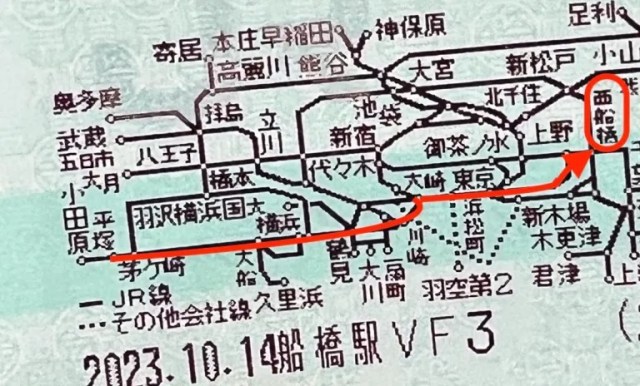
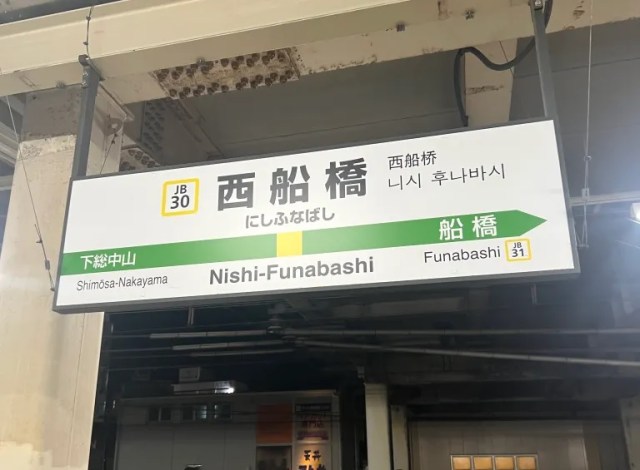
Now it was time to head home, and also time for our final unforeseen change in plans. Remember our self-imposed rule of only using the stations shown on the map on the ticket? Funabashi, the station we’d started the day at, actually isn’t on it.
To reiterate, the Holiday Outing Pass can be used at stations other than the ones shown in the ticket itself. Because of the map’s small size, there’s simply not enough room to show each and every stop along the lines. But we said we were only going to get off at stations shown on the map, and we’re not the kind of people to go back on what we said we were going to do.
Lucky for us, Nishi Funabashi Station is shown on the ticket map, and it’s within walking distance from Funabashi Station, so that’s where we got off.
▼ One las time into the ticket gate
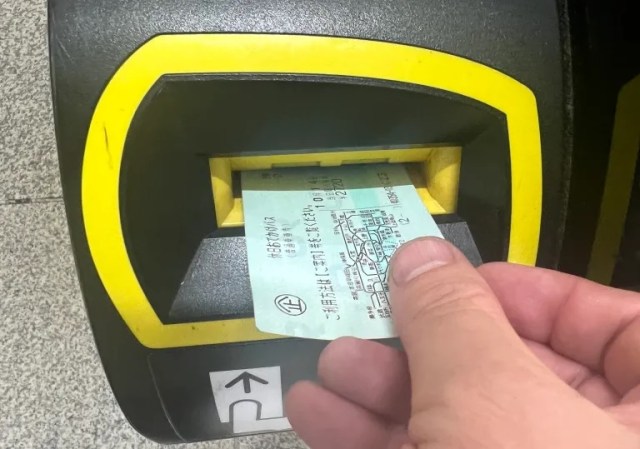
From Nishi Funabashi, it’s about a 2.8-kilometer (1.7-mile) walk to Funabashi Station. Ordinarily that might sound far, but after all the ground we’d already covered in just this one day, it felt pretty close.
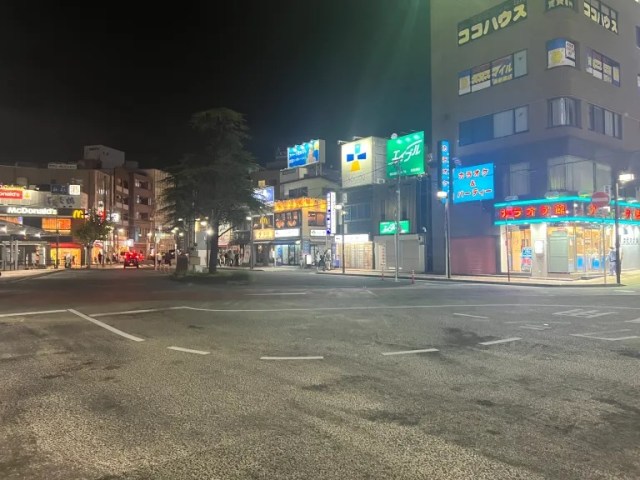
So there you have it: six prefectures (Chiba, Ibaraki, Tokyo, Tochigi, Saitama, and Kanagawa), 10 hours, 2,720 yen, and one ticket. While we wouldn’t recommend following our exact itinerary unless you’re a trail fan first and a travel buff second, the experience really did drive home just how far you can go on the Holiday Outing Pass…and even that’s not the full extent of its powers, as after we got home, we noticed that the pass also covers parts of Yamanashi, one more prefecture than we’d realized. We’ll have to remember to put Yamanashi on our next Holiday Outing Pass itinerary, and also to actually plan our route before we hop on the train.
Related: Holiday Outing Pass official website
Photos © SoraNews24
● Want to hear about SoraNews24’s latest articles as soon as they’re published? Follow us on Facebook and Twitter!
Credit:




0 comments: